Elevate your content with HubSpot Marketing Hub for content marketing. Discover how our strategies and HubSpot's tools drive success.
How We Tripled Our Conversion Rate With A/B Testing of CTAs
"Turn your website into your best sales agent." "Your website needs to generate leads." "You need to engage your visitors and nurture them into prospects"….
Today's demands on a website and a digital marketing team to generate leads are no small expectations to deliver against. But how do you know you're going in the right direction?
Let's examine some of the learnings, tips, and tricks we've encountered when setting this up. We'll explore a key component in the engagement process: Calls-to-Action (CTAs) and how improving them tripled our visitor-to-contact conversion rate.
What is a call to action?
According to Wikipedia:
A Call-to-Action is a marketing term for any design to prompt an immediate response or encourage an immediate sale. A CTA most often refers to the use of words or phrases that can be incorporated into sales scripts, advertising messages, or web pages, which compel an audience to act in a specific way.
CTAs are often some sort of button or banner, a visual, hyperlinked element that leads to a Landing Page that presents the "conversion offer."
BUY NOW
ADD TO CART
DOWNLOAD FREE OFFER
Get FREE Trial
SUBSCRIBE HERE
🤬GET OUR NEWSLETTER🤬
Let's look at them a little closer (the above ones are all terrible!) and review the components of a CTA, the message, the copy, the visual presentation, the role in the buyer’s journey, and the intent.
Components of a Call-to-Action
Purpose - Why have a call to action? A CTA is to prompt users to perform a specific action. It's an opportunity to encourage your visitor to take tangible steps toward becoming a customer. The purpose of the CTA is NOT to have the visitor click on it; the purpose is to encourage your prospect to go somewhere and take the next step – often to fill in a form to submit desirable information, such as your name and consent to allow communication or your information to prepare for a purchase transaction. Without a clearly defined purpose and destination, your CTA will unlikely accomplish the desired results.
Message/CTA copy - This is pretty straightforward. This is the text or visual or vocal encouragement to take action. "Get Your Free Trial," "Contact Us," and “Get Started" are some common ones. However, while the (more outdated) "Click Here" could be a CTA message, without compelling context, it's less likely someone will click on it.
Message presentation - The different formats of presenting a CTA are nearly endless. These are examples of hyperlinked text CTAs, image CTAs, GIFs, buttons, and banners. Having a little understanding of psychology and knowing a LOT about your target personas can play a significant role in whether your CTA is perceived as cute as a button. Blue is cool. Red is aggressive. ALL CAPS IS ALL YELLING. This is a case where "looks" definitely matter.
Positioning - Location, location, location. Where you present your CTA is also critical. It could be in line with a blog post, part of a navigation menu, or a pop-up that appears after spending more than 30 seconds on a page or on intent to exit.
How do I create a successful CTA?
The web is full of advice on how to optimize your CTA. One of the most important ones is aligning your message and presentation with its intent and audience.
No matter the advice – use these colors and those fonts; this is the best size; keep it short (and sweet); no hyperbolic language – take it under advisement, but DON'T rely on it. Your business, website, and audience are unique, so your CTAs must be tailored to your world to engage your prospects.
The world, especially the world of a marketer is changing at a faster than ever pace. What still worked yesterday is not delivering results tomorrow.
So how do you keep up and show actual results? How do you consistently create sharp and engaging CTAs for your specific audience? You test and trial, fail and succeed, tweak or toss what's failing, compare variations, and continuously optimize what's working. When correctly set up with a disciplined approach, A/B testing (or A/B/C testing or A/B/C/D testing) will deliver eye-opening results. In our little case study here, we've achieved 3x the number of contacts when optimizing our "Contact Us" CTA button.
How we tripled our conversion rate with A/B testing of CTAs
Here it is, a cute little fella. It fits our color scheme, and it leads to the Contact Us page, where we ask visitors to fill in their information so that they engage in a discussion about growing their business:
When we originally put this in place, we tested it against "Contact Us." The "Get Started" version had about 2x the number of clicks. People must like it, or so we thought. It ended up as the winner, and we put it into production.
Superficially, it seemed like a decent approach: measure and decide based on numbers that indicate a good result – twice the amount of clicks is pretty convincing, right? No, it shouldn't have been. DON'T DO THAT. So, where did we go wrong? We fell into the trap of optimizing for "clicks!"
You Might Also Like This Post:
Let's look at the conversion path to see how things interact:
CTA -> Landing Page -> Form Submission
-
Step 1: The call to action, in whatever shape and whatever location, is looking to direct the visitor to the landing page. It sits on the website, navigation, blog posts, etc.
-
Step 2: The purpose of the landing page is to get the visitor to fill in a form and hit submit.
Clicks, while essential ingredients, are a somewhat secondary objective. Putting "Get free ice cream" on the CTA would have further improved the number of clicks, and the number of people we would have (mis-) led to the Contact Us page would have been even higher. They would have been (justifiably) disappointed when they didn't see any ice cream offer and certainly would have no reason to fill out the form on the landing page.
The light bulb went on when we looked at how the CTA and its variations impacted the conversions on the Contact Us page. Did it still favor the "Get Started" version in white on blue? No, it didn't. At least not in our case, as follows:
In the above A/B/C/D test, easy to set up on HubSpot, we've tested four different versions of the CTA, all leading to the same landing page with the same offer for all. HubSpot shows each variant somewhat equally often (not all started simultaneously in our case), but we will look at the various ratios, not the absolute numbers.
Also, for really truly scientific evidence, the sample size is still relatively small.
But here are some early conclusions drawn from this CTA variant evaluation:
-
Our old text "Get Started" performs better than "Contact Us" when simply looking at clicks.
Conclusion: the text is more attractive and less of a commitment. Getting started doesn't have to mean too much, but contacting people and talking to them… whoa. That's a more significant step. As such, the top two variants win when measured in percent of visitors clicking on them.
9.76% and 3.71% are (much) better than 2.69% and 0.72%
Our prior and false rationale for selecting it: It is four times better than "Contact Us." NO.
-
When comparing colors, also measured by click rate, red wins over blue; in these cases, 9.76% and 2.69% are much better than 3.71% and 0.72%.
-
The assessment of "best" changes, though, when looking at the end goal, which is submissions of contact information on the landing page: Here, the winner, by a large margin, is the red "Contact Us," even though it is getting fewer clicks than both of the Getting Started CTAs.
-
While we can't "know" for sure, a strong hypothesis is that getting started is not equated to getting in touch with us. And while it is attractive to get started, many of those weren't ready to contact us and didn't fill in the Contact Us form. In future tests, this might spark some self-service solutions.
-
Contacting a business is a bit of a steeper hurdle than getting started, which explains the fewer clicks on a Contact Us button. However, at some point, the Contact Us page is genuinely aligned with the Contact Us CTA, which leads to better results, i.e., the Contact Us CTA acts as an initial pre-qualification.
The core conclusion is not that this particular text or color is better than the other, and you should change your CTAs this way. But if you do, let us know how you are faring in the comments.
Assume less, test and measure more - establish an approach of ongoing A/B testing - as much as you can explore every reasonable variation - and see what CTA improvements you can drive for your situation through positioning, color, and message.
We're only a CTA click away if you want to discuss possibilities to improve your conversions. Do you want to get started?
This content is also available in:
- German: Wie wir CTA-Konversionsraten mit A/B-Tests verdreifacht haben.
- Spanish: ¿Cómo triplicamos tasa conversión probando CTAs con A/B?
- French: Comment nous avons triplé les taux de conversion avec test A/B
- Italian: Come abbiamo triplicato il tasso di conversione con il test A/B
- Romanian: Cum ne-am triplat rata de conversie cu testarea A/B a CTA
- Chinese: 我们如何通过 CTA 的 A/B 测试将转化率提高三倍




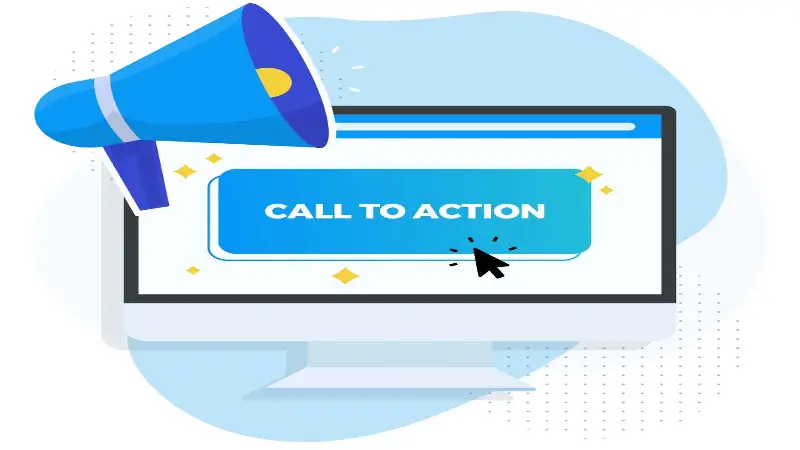
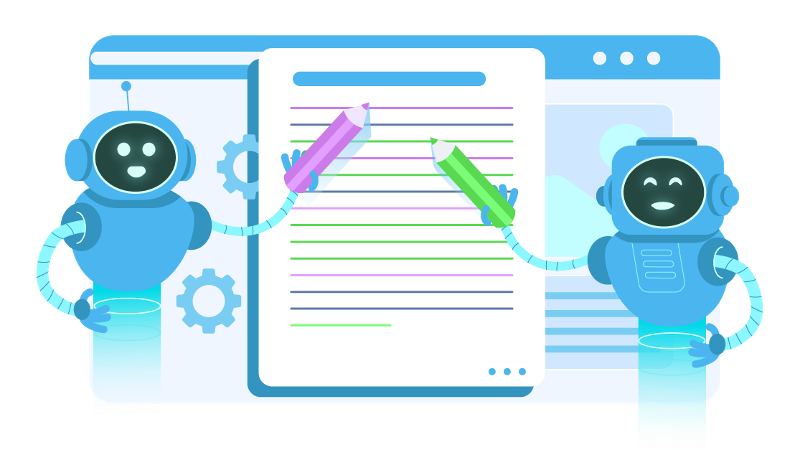





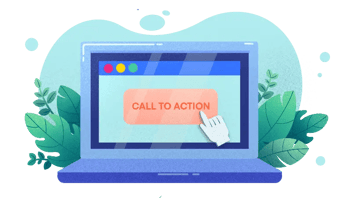
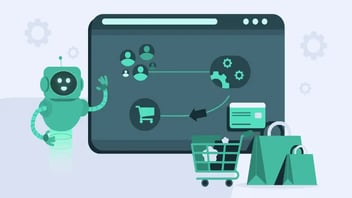
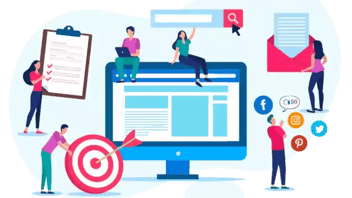
Leave a Comment